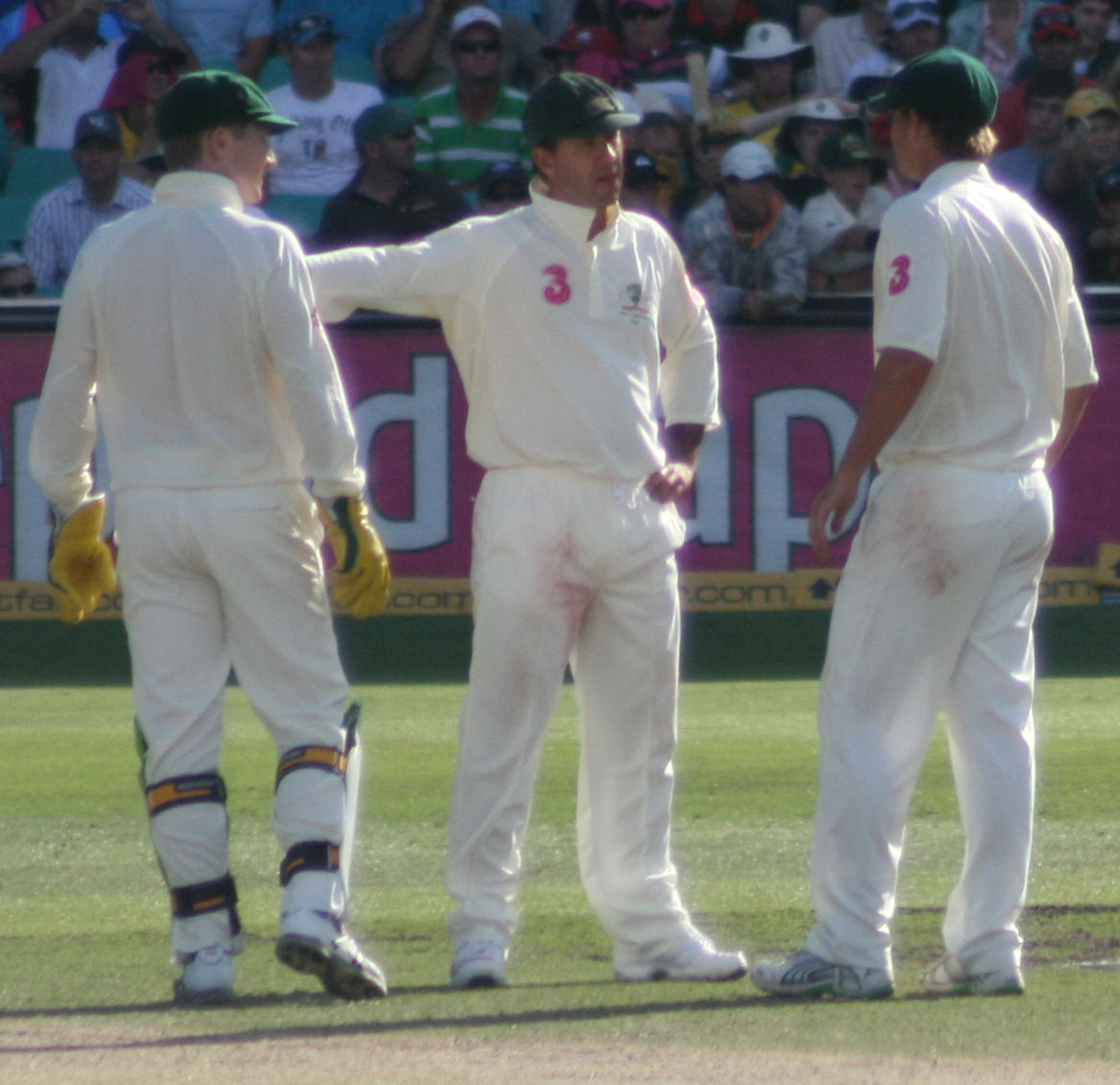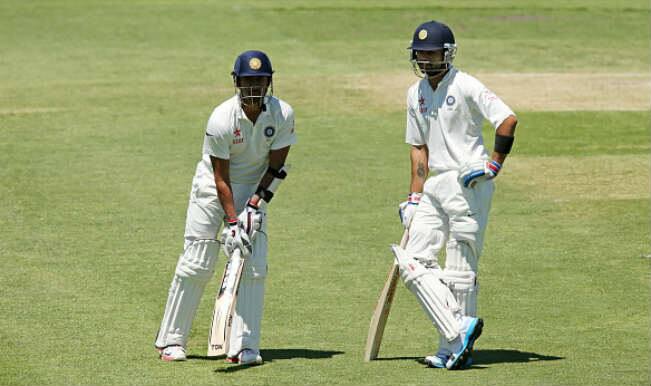

Timed out is one of the rarest forms of dismissals in cricket. Batters have been dismissed only six times in first class cricket and no single instance has taken place in international cricket.
When the laws of cricket were first printed in 1775, it said that after a batsman is dismissed, the next batsman must be on crease within two minutes. However, the law never stated if any delay would result in the incoming batter being declared out.

It was in 1980 when “timed out” became an actual rule. The time required for the next incoming batsman was still two minutes. In 2000, this was increased to three minutes. In T20 cricket, this time limit is only 90 seconds. Hence, in most T20 matches, the next batter is placed on a bench near to the boundary line rather than being seated in the pavilion.
One of the ways in which the batting side can reduce the damage done by a timed out dismissal is to send in the player with the least batting abilities; which in most cases is their No.11 batter. Since there is no fixed order in which a team should send its batters, a delay which is most likely to rule the incoming batter timed out, can be victimized to the No.11 batter.
It is notable to mention that a batter can be timed out but if the opposition captain does not appeal, then the late batter will be allowed to play. Fielding captains can also retract their decision of timed out appeals.





